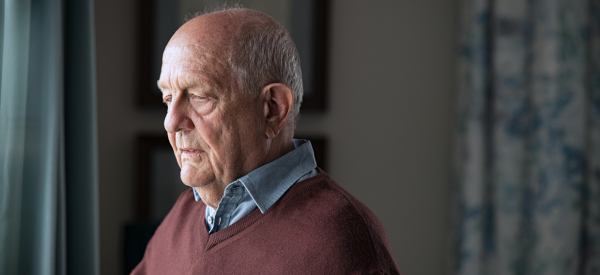Not only is osteoarthritis the most common form of arthritis in the U.S., it’s also the most chronic condition that affects joints. Referred to as a degenerative joint disease, osteoarthritis has struck nearly 27 million Americans, while occurring at any age. While mostly affecting the knees, hips, lower back, and neck, osteoarthritis can develop in any joint causing pain, swelling and difficulty in movement. This happens over many years due to constant wear and tear.
Normally, cartilage acts as padding between bones that absorb shock while allowing bones to move smoothly together at the joints. But as osteoarthritis occurs, the bones and cartilage break down forming spurs. Tiny pieces of bone or cartilage may chip off and float in the joint space. The cartilage wears away, causing joint pain and decreased mobility.
Some of the things that put people at risk for developing osteoarthritis include people with a family history of the disease, continuous, repetitive stress on joints and engagement in high-impact activities. Experts also say the disease most commonly occurs in people over 65.
In order to diagnose osteoarthritis, doctors will examine the joints and test the range of motion. Areas that are painful, tender and swollen, could indicate areas where the disease has occurred. Neck and spine position and alignment are examined as well.
Doctors also conduct diagnostic tests like joint aspiration which include the withdrawal of fluid from the affected area, x-rays to show changes in osteoarthritis and an MRI which provides views of cartilage and other structures that could detect osteoarthritis.
Because there is no cure, Freedom Home Care has found that early treatment is key in helping to manage symptoms.
Few other ways to manage the disease:
Physical Activity
One of the things doctors recommend in treating osteoarthritis is physical activity. According to research, a low-impact movement like walking or exercise can help remove pressure from joints and reduce pain. It is recommended by the U.S. Department of Health and Human Services that people with the disease exercise at least 150 minutes a week.
Losing Weight
Weight loss is another form of arthritis management. Excess weight can put unnecessary stress on the hips, knees, feet, and back. A person can limit the damage to their joints by losing weight.
Stretching
Other exercises that involve stretching like tai chi and yoga can be beneficial in managing joint stiffness.
Medications
Many times these treatments are combined with pain or anti-inflammatory medications such as analgesics, nonsteroidal anti-inflammatory drugs or NSAIDs, Hyaluronic acid, and Corticosteroids.
Physical Therapy
Physical therapy may also be recommended by doctors to help strengthen the muscles around the joints. This treatment might include ice or heat to help reduce pain and swelling.
Minor Surgery
In some extreme cases, minimally invasive surgical procedures might be offered. Arthroscopy removes bone spurs while smoothing out rough edges around the bones. Bones may also be removed and replaced with an artificial joint.




